Hi I am trying to solve a linear system of equations with mathematica. I have 18 equations and 18 Unknowns and the coefficient matrix has full rank. All entries are symbolic since I am trying to solve the problem analytically. Unfortunately Mathematica never stops the evaluation. I have prepared a minimal working example:
n = 18
A = Table[AA[i, j], {i, 1, n}, {j, 1, n}];
A // MatrixForm
x = Table[xx[i], {i, 1, n}]
b = Table[bb[i], {i, 1, n}]
MatrixRank[A]
sol = Timing[Solve[{A.x == b}, x, Reals]]
A.x == b //. sol[[2]][[1]] // Simplify
For n=2,3,4,.. all works perfectly well. But with n=10... nothing works anymore. Why has mathematica such problems solving this? Is there a way to solve this problem?
Thanks for help,
Andreas
